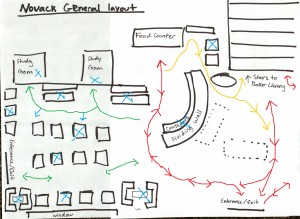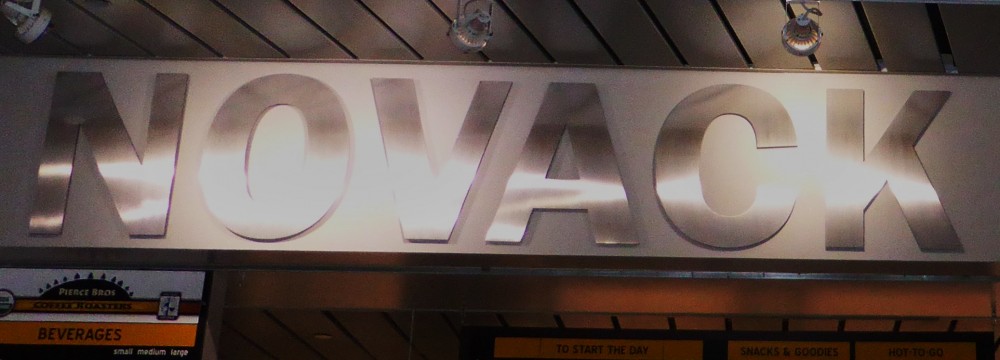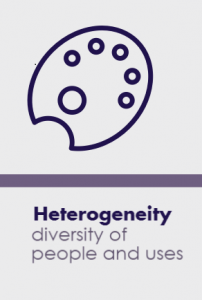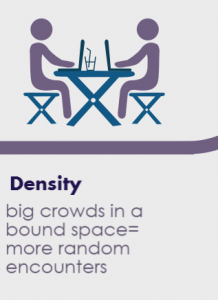Dartmouth is a medium-sized campus with a student body consisting of roughly 4300 undergraduates and 2000 graduate students. At this size, it is very likely that a Novack customer will see someone that they already know, but there are also many people that they don’t know, creating an environment in which the encounters with strangers that Fleming mentions are made possible. In addition, the Dartmouth student body is very diverse, including various races, backgrounds, nationalities, ages, and interests. According to Dartmouth’s admissions website, the class of 2019 alone (1,116 students) is 8% African American, 19% Asian American, 50% Caucasian, 7% Latino, 4% Native American, 2% multiracial and 8% international. This, of course, is providing blanket terms for a much more colorful array of nationalities and cultures. Within the United States, students come from various regions, each with their own unique set of cultures and values including 18% from new England, 25% from the Mid-Atlantic, 9% from the Mid-West, 15% from the South, and 24% from the West (the remaining 9% constitute international students). In addition to this, as shown on the website, there are students of varying socioeconomic, academic, and family backgrounds, and of course everyone has their own differences as individuals. A proportion of this potpourri of unique voices, whether it is to study, eat, or converse, gathers in Novack at some point or another, producing an element of heterogeneity. This heterogeneity is similar to what one may find in one of Fleming’s cities. Although it may be a diversity manufactured by the Dartmouth admission’s office, rather than something more organic, the Novack crowd achieves Flemings purpose of providing a variety of viewpoints to consider.
The way in which people flow through Novack Cafe allows even more contacts with strangers to be made. Based on the observations I’ve made during the ample time that I’ve spent in Novack these past few months as a first-year Dartmouth student, I have created the diagram below. This diagram provides a rough estimate of Novack’s human dynamics during a typical “peak time” (between classes on a weekday for example). Essentially, Novack Cafe can be divided into areas of dense movement (indicated in red), moderate movement (yellow), light movement (green), and stagnation (blue “x”s).

General layout of Novack Cafe based on the author’s personal observations.
The seating area, indicated by small squares to the left and top-right corner, has a relatively calm atmosphere. Thus the arrows here are mainly blue and green, with the exception of seats near the condiment table. The cafe is open 24 hours a day, and students may stay in a given seat for as long as they would like to, unlike in other commercial cafes which have limited hours and would prefer to keep customers moving in order to make more profits.
Conversely, the area near the line is characterized by a dense, fast-paced flow of customers, as indicated by the red line that forms a horseshoe around the curved dividing wall. During busy hours, students will flood into Novack Cafe, mainly from the central artery of the Baker-Berry staircase (top-right corner), to order food from the main counter, forming a long, crowded line. This line is kept moving very quickly by an attentive staff that draws you forwards and the impatient students pushing from behind. The mood at the counter is very tense, so there is little time to be indecisive.
Moving from the line, some students choose to sit in the cafe’s seating area. However, others may simply take their food and coffee and rush off to class or back to their studying place elsewhere in the library. Thus, a near-constant rotation is established next to a more sedentary group of students. As more customers cycle in, this creates a scenario in which there are many random encounters with both friends and strangers. These encounters are made even more likely by the fact that Novack Cafe is relatively small, and one can see clearly from one end to the other. With time, some faces may become increasingly familiar, creating a sense of community that translates outwards to the larger campus.



